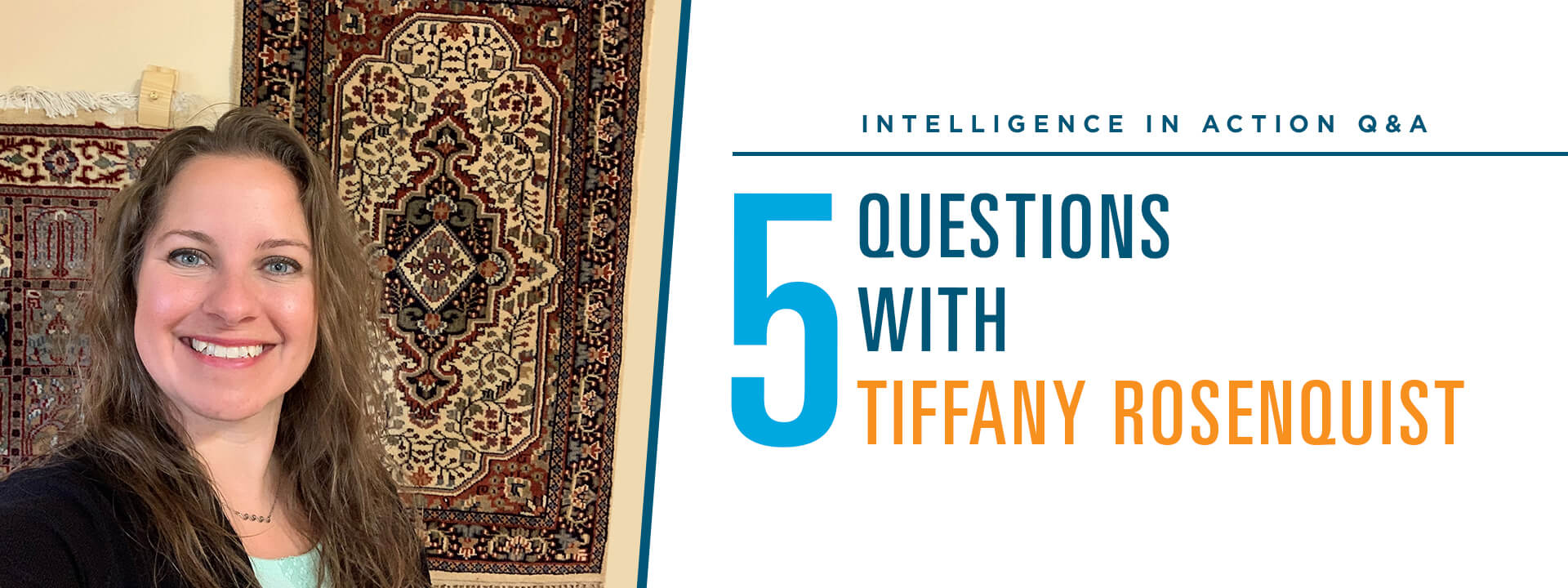The COVID-19 pandemic has an understandable hold on our attention. And yet, there’s another preexisting public health crisis that continues to ravage communities across the country, and, according to experts, is likely getting worse.
The opioid epidemic is still with us.
Mental health experts and the recovery community have been sounding the alarm for months now: COVID-19 could help escalate the opioid epidemic, erasing the progress we’ve made in recent years.
Tom Insel, the director of the National Institute of Mental Health, warned in a recent Newsweek article that mental health experts are bracing for a ‘mental health tsunami.’ Because of the pandemic and all of its attendant stressors, “they're anticipating a steep rise in the diseases of isolation—suicides, opioid abuse, domestic violence and depression—that will unfold over the next few months and could stretch on for years.” The mental health toll, in other words, could give the coronavirus a run for its money.
The virus—and the need to social distance coupled with a severe economic depression--has crippled the mental health and recovery supports that those dealing with a behavioral health issue or substance use disorder may have relied on to stay healthy. Narcotics Anonymous reports that its members hold 70,000 weekly meetings in 144 countries. But what happens when those weekly in-person meetings need to stop, with fits and starts to transition online? The whole pandemic could be considered one giant opioid relapse trigger.
Further complicating the matter is that, though people with mental illness make up just 16% of the U.S. population, they receive more than 50% of the 115 million opioid prescriptions dispensed annually, according to a 2017 study published in the Journal of the American Board of Family Medicine.
The Centers for Disease Control and Prevention (CDC) reports that more than 750,000 Americans died from drug overdoses from 1999 to 2018. Worse, after a remarkable drop in 2018, the CDC reported last month that drug overdose deaths in the United States rose 4.6% in 2019 to 70,980, including 50,042 involving opioids. And according to the data collected by the New York Times, it looks as if 2020 will be even worse. Drug deaths have risen an average of 13% so far this year over last year, according to mortality data collected by the paper.
The Role of Health Information Technology
This news is all very bleak. But there are things that the healthcare industry is doing—and can continue to embrace—that are of real help in combatting the crisis. Health information technology (HIT), when adopted and used, can help rein in the epidemic, arming care providers and those on the frontlines with tools they need.
According to our 2019 National Progress Report, clinicians used Surescripts Insights for Medication Adherence service to support more than 120,000 clinical interventions last year, gaining access to patient-specific medication summaries and real-time messages from PBMs and health plans to identify adherence issues and gaps in care, all from their EHR workflow at the point of care. And since January of this year, that number has more than trebled to 382,000. That means, in simpler terms, that tens of thousands of patients received care interventions that prevented potentially unsafe outcomes.
For instance, if a patient filled prescriptions for opioid analgesics from at least three prescribers in the last 90 days, this tool helps clinicians recognize suspicious prescribing activity and intervene. The tool is also used to spot unsafe overuse of certain other therapies, such as flagging a patient with a supply of benzodiazepines, muscle relaxants and opioids in the last 45 days.
Furthermore, these insights let clinicians know if a patient has not received or is not taking a prescribed medication, allowing them to ask questions and intervene at the point of care. Medication non-adherence puts patient safety at risk and costs an estimated $300 billion annually.
Providers also need to be able to confidently and securely prescribe opioids to patients who are in legitimate need of pain relief. Electronic Prescribing for Controlled Substances (EPCS) allows for opioid prescriptions to be securely delivered to pharmacies. The electronic nature of the prescription also helps increase patient safety and medication adherence while impeding the fraud and abuse that more easily occurs with paper or telephoned prescriptions.
Today, more than half of all states have gone so far as to adopt actual requirements for e-prescribing or EPCS, and it’s having a real impact. Again, according to our 2019 National Progress Report, the number of e-prescriptions filled for controlled substances reached 134.2 million, representing 38% of controlled substance prescriptions—up 12% from the year prior. In the first six months of 2020, we facilitated the transmission of another 110 million EPCS transactions. And we finally crossed an important milestone: more than half (56.3%) of prescribers nationwide are now enabled for EPCS. Clearly, those with a need to prescribe opioids are finding this technology valuable.
In addition to EPCS, it’s essential for prescribers to utilize electronic access to patient medication history data. With this information available at the point of care, prescribers can quickly see which medications patients have received, if they’ve been prescribed opioids in the past, and identify potential misuse and abuse. In 2019, Surescripts delivered 2.18 billion medication histories, a 19% increase year over year, per our National Progress Report.
The Way Ahead When There’s No Time to Lose
Nearly six Americans died every hour from opioid-related overdoses in 2019; signs indicate that the 2020 overdose rate will be even worse. And as the pandemic continues to add new challenges related to treatment and recovery, we must act to protect this particularly vulnerable population.
Deploying HIT can be an effective tactic in helping to address the opioid epidemic—but it’s no panacea. HIT should be thought of as part of an arsenal, to be complemented by efforts across government, education, healthcare, law enforcement, social work, the pharmaceutical industry and individual communities.
But there’s one more thing to consider: these tools are only effective if they’re deployed and used in the course of delivering care. Let’s make sure that care providers have access to the critical intelligence they need to make optimal care decisions and deliver appropriate pain management. Such an HIT “call to arms” may save lives.
We’ve dedicated a specific section of our blog, Intelligence in Action, to opioids-related coverage and articles. Read on to learn more about how we’re working across the industry to combat the opioid epidemic.


 Dean Riggott Photography
Surescripts
Dean Riggott Photography
Surescripts



